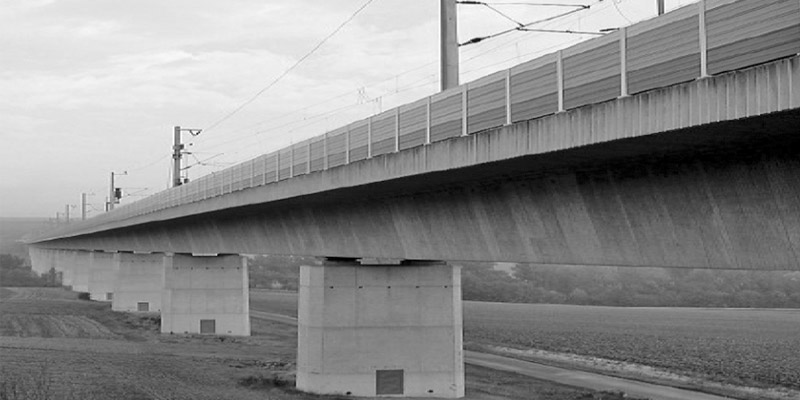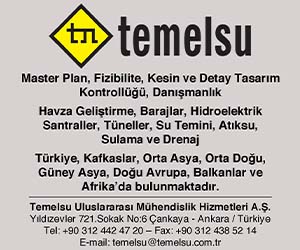Yüksek Hızlı Tren Köprüleri İçin Üstyapı Sistemlerinin Değerlendirilmesi
Arda ERDEM / Doğu BOZALİOĞLU, MEGA Mühendislik Müşavirlik Ltd.
Alp CANER, ODTÜ, İnşaat Mühendisliği Bölümü
Özet: Türkiye’de yapılmakta olan köprülerde, ülke şartlarından dolayı, üstyapı sistemi olarak çoğunlukla öngermeli betonarme Ι kirişler kullanılmaktadır. Yapılan araştırmalar sonucunda yurtdışındaki uygulamalarda ardgerme betonarme kutu kesit üstyapı sistemlerinin tercih edildiği gözlenmiştir. Öngermeli Ι kiriş üstyapı tipi köprülerde yaklaşık 30–35 m açıklık geçilebilirken, bu açıklık ardgermeli kutu kesit sistemlerde 40–45 m ye kadar çıkabilmekte, kullanılan mesnet sayısı Ι kirişli sistemlere göre büyük ölçüde azalmaktadır. Bu tip üstyapı sisteminin en güncel örneği Tayvan’daki yüksek hızlı tren köprüleridir. Bu köprülerde 40 m basit açıklıklar, ardgerme betonarme kutu kesitler ile geçilmiştir. Bu çalışmanın amacı, yukarıda bahsi geçen iki tip üstyapı sisteminin, yolcu konforu ve titreşim, fren-ivmelenme, ısı tesirleri ve deprem etkileri göz önüne alınarak karşılaştırılmasıdır. Böylelikle bu iki farklı üstyapı sisteminin avantajları ve dezavantajları gözlemlenecek ve yüksek hızlı tren köprülerinde daha sağlıklı üstyapı seçimine gidilecektir.
Anahtar Kelimeler: Köprü, Üstyapı Sistemleri, Yüksek Hızlı Tren
Evaluation of Superstructure Systems for High Speed Train Bridges
Abstract: In the bridges being built in Turkey, mostly prestressed reinforced concrete Ι beams are used as the superstructure system due to the country conditions. As a result of the researches, it has been observed that post-tensioned reinforced concrete box section superstructure systems are preferred in applications abroad. While approximately 30–35 m of span can be exceeded in prestressed Ι girder superstructure type bridges, this span can be up to 40–45 m in post-tensioned box section systems, and the number of supports used is greatly reduced compared to Ι girder systems. The most recent example of this type of superstructure system is the high-speed rail bridges in Taiwan. In these bridges, 40 m simple spans are crossed with post-tensioned reinforced concrete box sections. The aim of this study is to compare the above-mentioned two types of pavement systems by considering passenger comfort and vibration, brake-acceleration, heat effects and earthquake effects. Thus, the advantages and disadvantages of these two different superstructure systems will be observed and a healthier superstructure will be selected for high-speed train bridges.
Keywords: Bridge, Superstructure Systems, High Speed Train
Makalenin tamamına Yapı Dünyası Dergisi 2008 Sayı: 147 den ulaşabilirsiniz.





